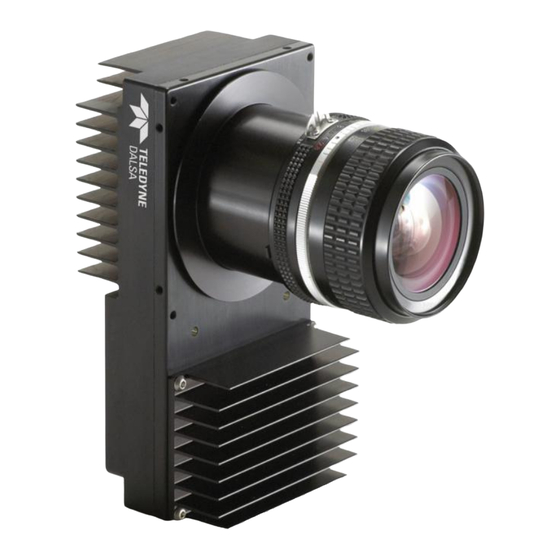
Dalsa Piranha HS Series User Manual
Hide thumbs
Also See for Piranha HS Series:
- Getting started manual (18 pages) ,
- User manual (123 pages)

















Need help?
Do you have a question about the Piranha HS Series and is the answer not in the manual?
Questions and answers